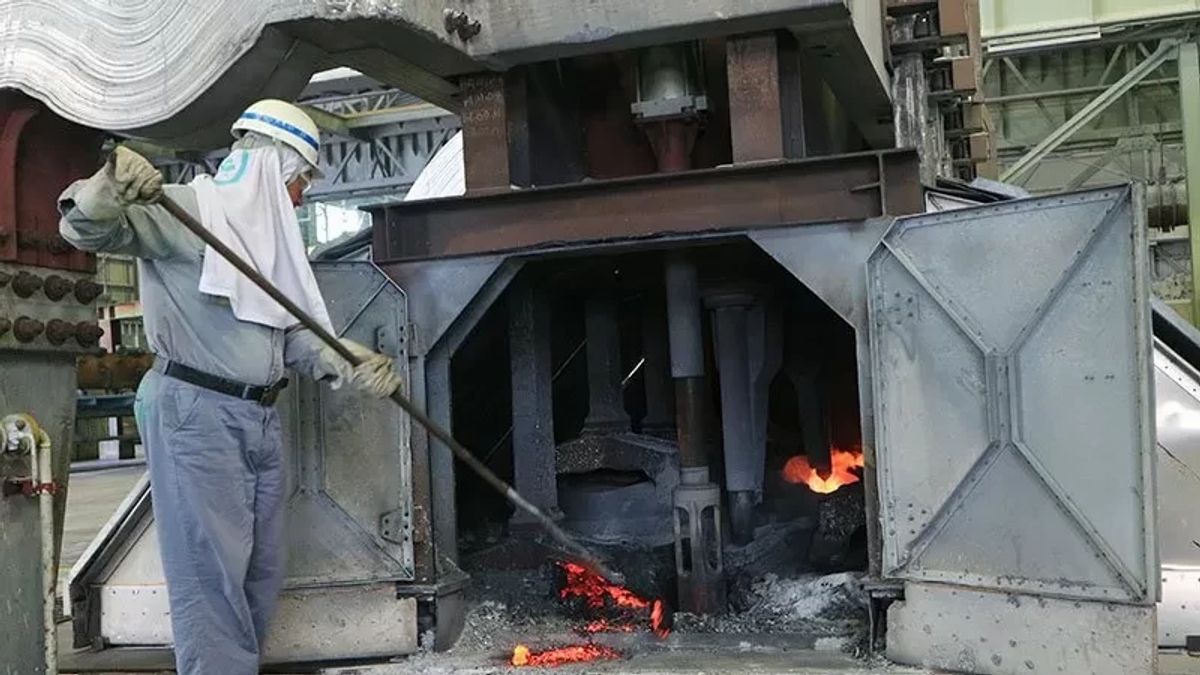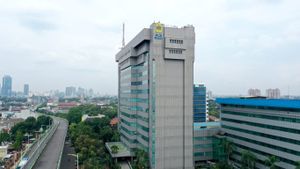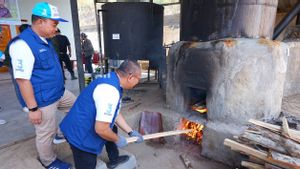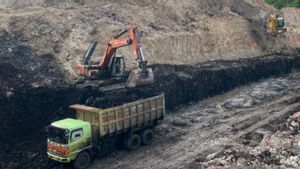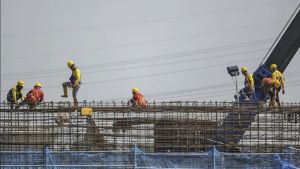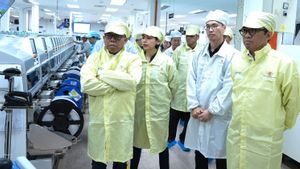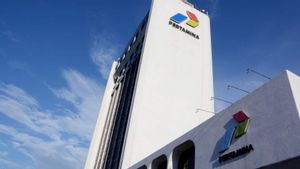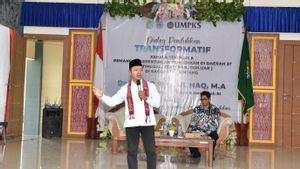The Ministry of Industry (Kemenperin) said that downstreaming of silica commodities has great potential to be developed as raw materials for the semiconductor industry which has the prospect of producing foreign exchange and creating large jobs.
"Indonesia needs to encourage the development of upstream and industrial industries through downstream silica into Solar Grade Silicon (SGS) and Electronic Grade Silicon (EGS)-based silicon wafers," said Expert Staff for Strengthening Domestic Industry Ability Ignatius Warsito in a written statement, quoted Monday, September 18.
Warsito said that silicon wafers are a material building block for the semiconductor and solar cell industries, but currently industries that process silica to become silicon solar grade wafers are not yet available in Indonesia.
Downstreaming of silica into silicon wafers is expected to support the independence of the domestic photovoltaic (PV) industry and semiconductors.
To achieve the development of downstream silica into silicon wafers, it is necessary to carry out several supporting activities, such as the preparation of a silicon wafer industry roadmap and comprehensive manufacturing of industrial trees.
Meanwhile, the Director of the Industry for Cement, Ceramics, and Processing of Non Metal Excavation Materials (ISKBGNL) of the Ministry of Industry Wiwik Pudjiastuti said, starting in 2023, the Ministry of Industry will prepare a Policy Plan for Downstreaming of Silika/Kuarsa Commodities, starting with the preparation of the Roadmap Downstream Silika into a Silicon Wafer for 2025-2035 in the Context of the Industrial Independence of PV Module & Semiconductor which will begin to be compiled this year.
Then, the finalization of the preparation of the Silika Downstream Roadmap into the Silicon Wafer for 2025-2035 will begin to be carried out in 2024, followed by the preparation of the Minister of Industry regulation related to the roadmap.
Wiwik said, based on the National Industrial Information System (SIINAs) of the Ministry of Industry, currently there are 21 silica sand processing companies with an installed capacity of 738,536 tons per year (tpt) with the realization of production volume from nine companies in 2022 amounting to 404,755 tons.
"Of the nine companies spread across Java and Kalimantan, the utilization is 68.48 percent. Meanwhile, for the type of product, silica sand, silica flour, and coated sand resin are still in demand," he said.
Meanwhile, based on data from the Ministry of Energy and Mineral Resources (ESDM), in Indonesia there are 328 silica sand catchment companies, 98 mining business license holders (IUP), 82 Exploration IUP holders with the realization of silica sand mining in 2021 of 2.01 million cubic meters, and 330 million tons of total reserves.
SEE ALSO:
The potential locations for silica sand mining are in Bangka Belitung, Central Kalimantan, and West Kalimantan, and do not close the potential elsewhere.
"Meanwhile, the total resource deficit is 297 million tons and the main location for mining potential is in Aceh," explained Wiwik.
Furthermore, said Wiwik, in terms of potential raw materials for the PV and semiconductor industries, BPS data in 2022 stated that the potential value of import substitution for Silikon Wafer reached 17.7 million US dollars, 120 million US dollars for semiconductor products, 6.2 million US dollars for solar cells was not assembled, and 65.9 million US dollars for solar cells was assembled.
"If it can be prepared domestically, of course this will be a huge potential for Indonesia, so that the potential for import substitution of silica processed products as raw materials for the PV and semiconductor industries can be achieved," he added.
The English, Chinese, Japanese, Arabic, and French versions are automatically generated by the AI. So there may still be inaccuracies in translating, please always see Indonesian as our main language. (system supported by DigitalSiber.id)
